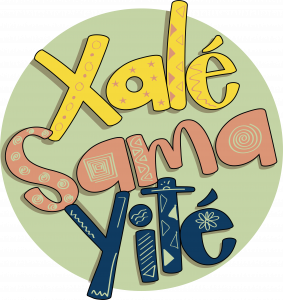
In keeping with its collaborative approach, the Bureau implements each of its projects, both in Canada and internationally, with a desire to adapt to local contexts. Because the economic, social, cultural and security context in Burkina Faso is not the same as in Honduras, the actions carried out in each country must be relevant to its specificities in order to generate concrete changes adapted to the issues at hand.
As an example of this adaptation, the Bureau has been systematically translating the names of its projects into the national language of each country in which it operates for several years. For example, its project in the Democratic Republic of Congo from 2015 to 2020 was entitled “Tonga Mpo Na Bolamu Ya Mwana“, which translates as “building for the well-being of the child”. In Burkina Faso, the project “Biig -Yi- Nere“ (“for the well-being of the child” in Mooré) has been implemented since 2021, while the project “Xalé Sama Yité“ (“the child, my priority” in Wolof) has been running in Senegal since 2020.
Languages such as Lingala in the DRC, Mooré in Burkina Faso or Wolof in Senegal are so-called national languages, which are spoken in the same way as French – the official language – by a majority of people in the population, often in a less formal setting. Adopting a title in these languages demonstrates to the project’s stakeholders the Bureau’s willingness to implement actions adapted to local realities in order to respond to the needs and challenges identified in each country. It also allows the project to go beyond the framework of the project and to promote the understanding of its objectives by a large population.
To take its participatory approach even further, the title of each project is determined in collaboration with the local partners, in order to strengthen their sense of belonging to the project and their mobilisation alongside the Bureau. While the Bureau provides expertise and guidance, the involvement of local actors is key to generating concrete and sustainable changes for children.

To go further: a logo for each project.
In addition to translating the titles of its projects, the IBCR tends to systematise the creation of a graphic element (or logo) representing each of them, and taking up its national name. The logo below was designed for the project in Senegal, and another is being developed for the project in Burkina Faso, with the participation of children in the graphic design process.
For more information on the Bureau’s mission





